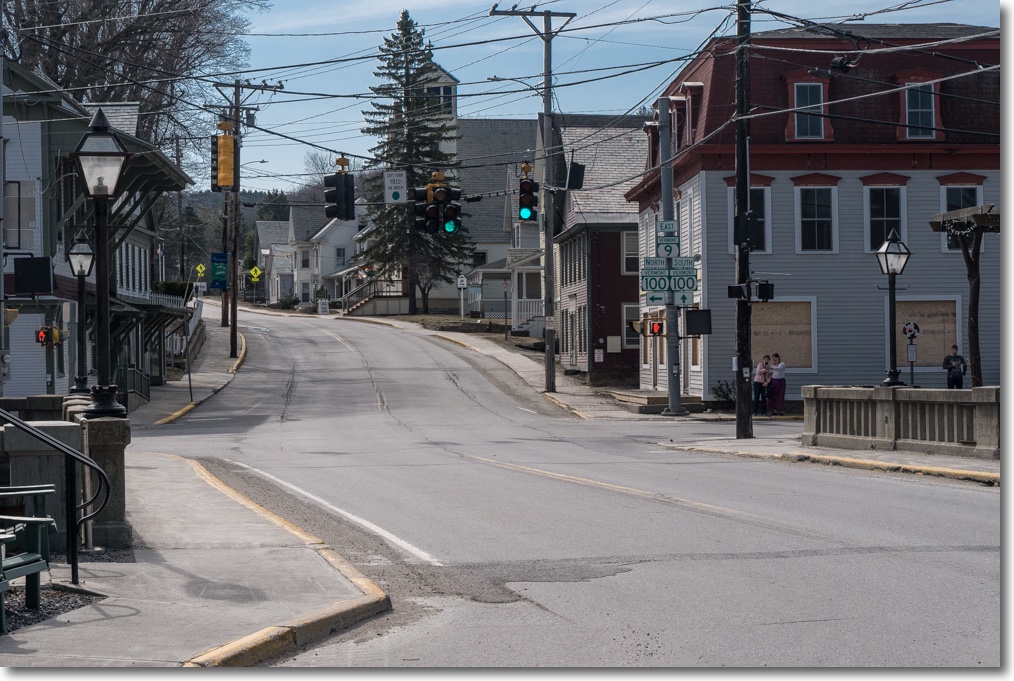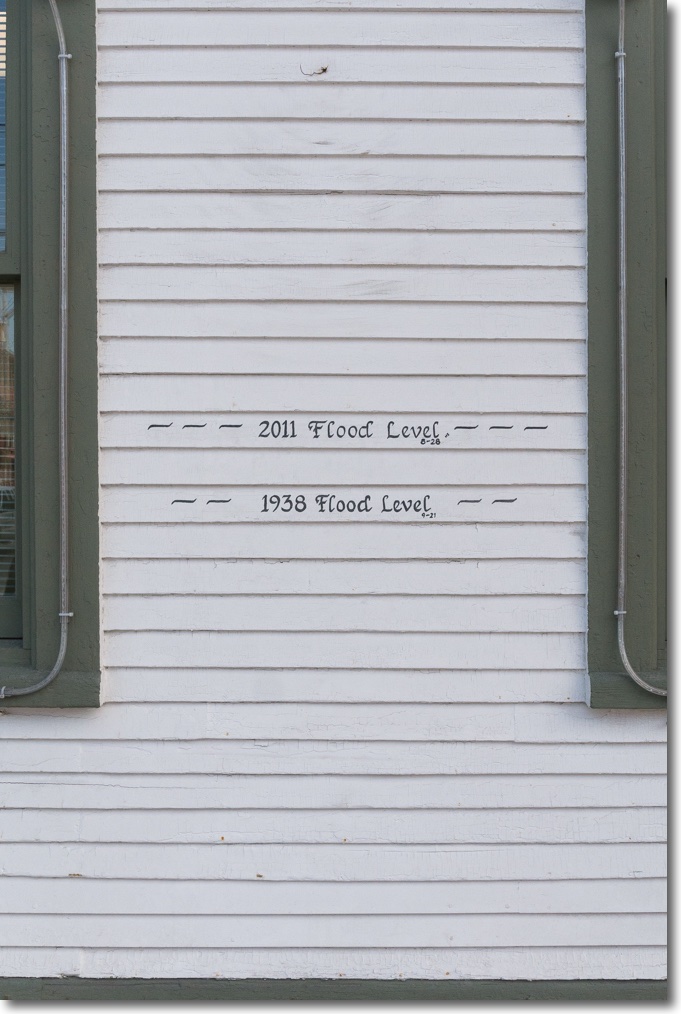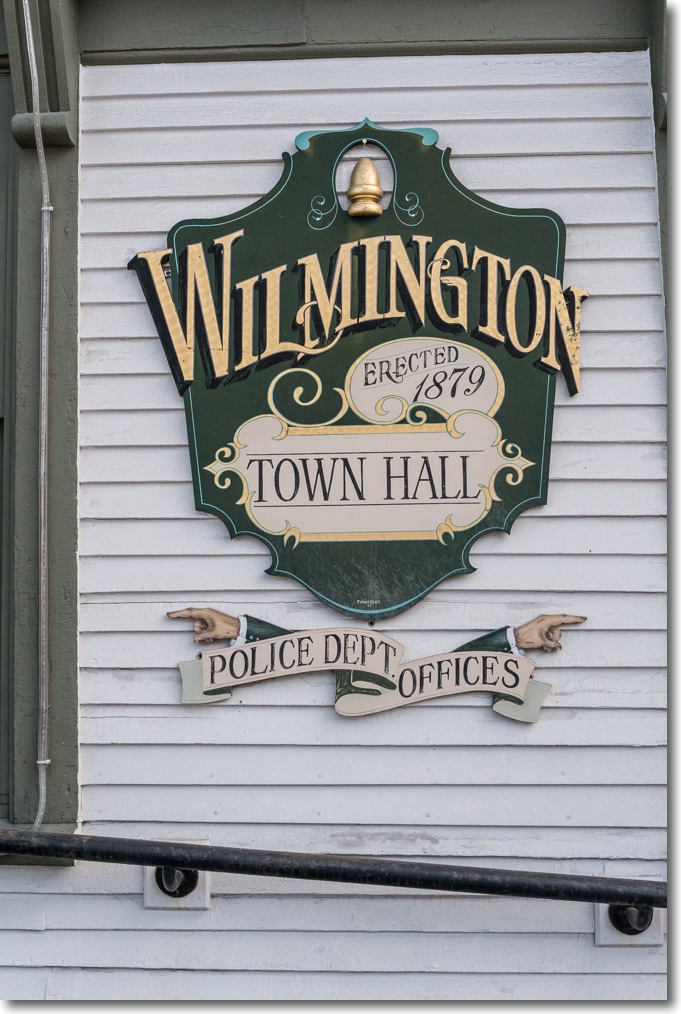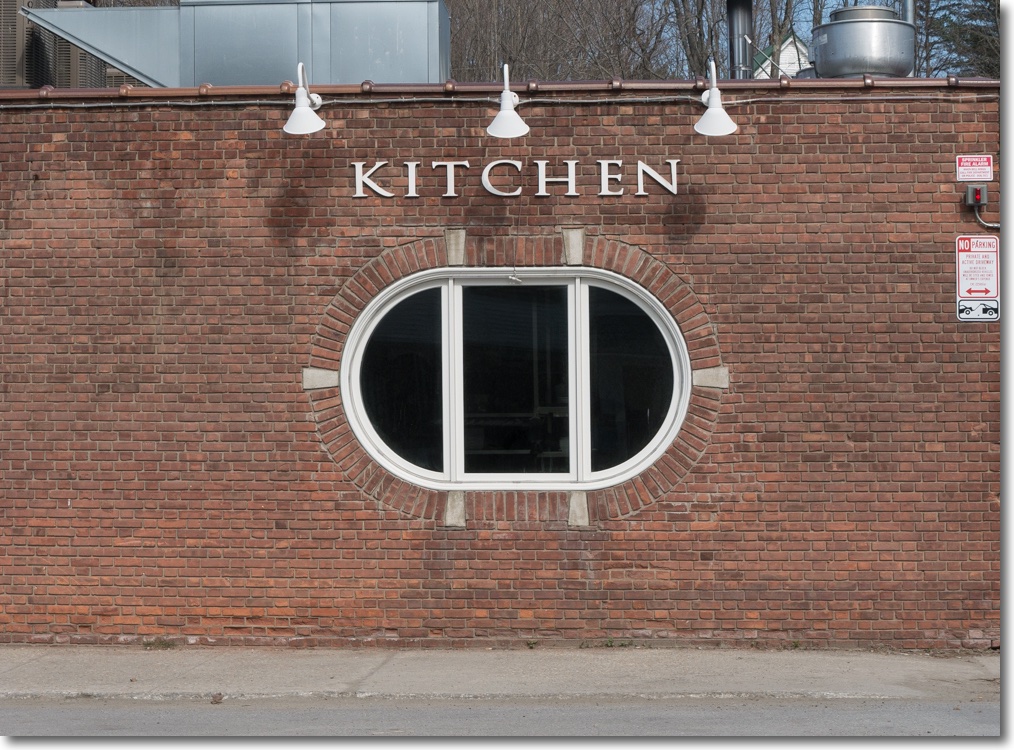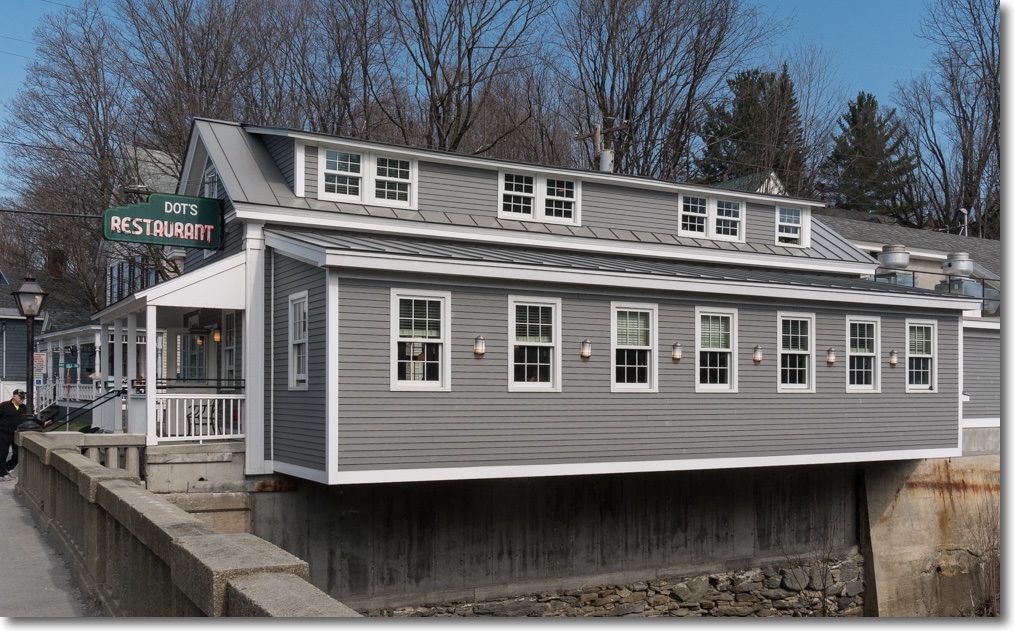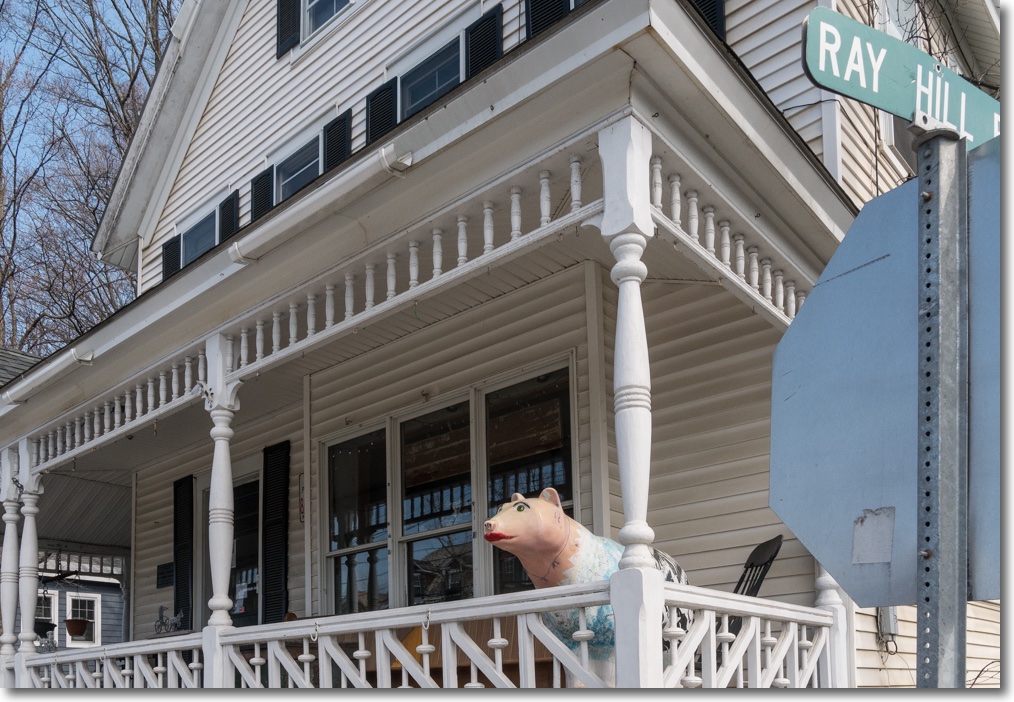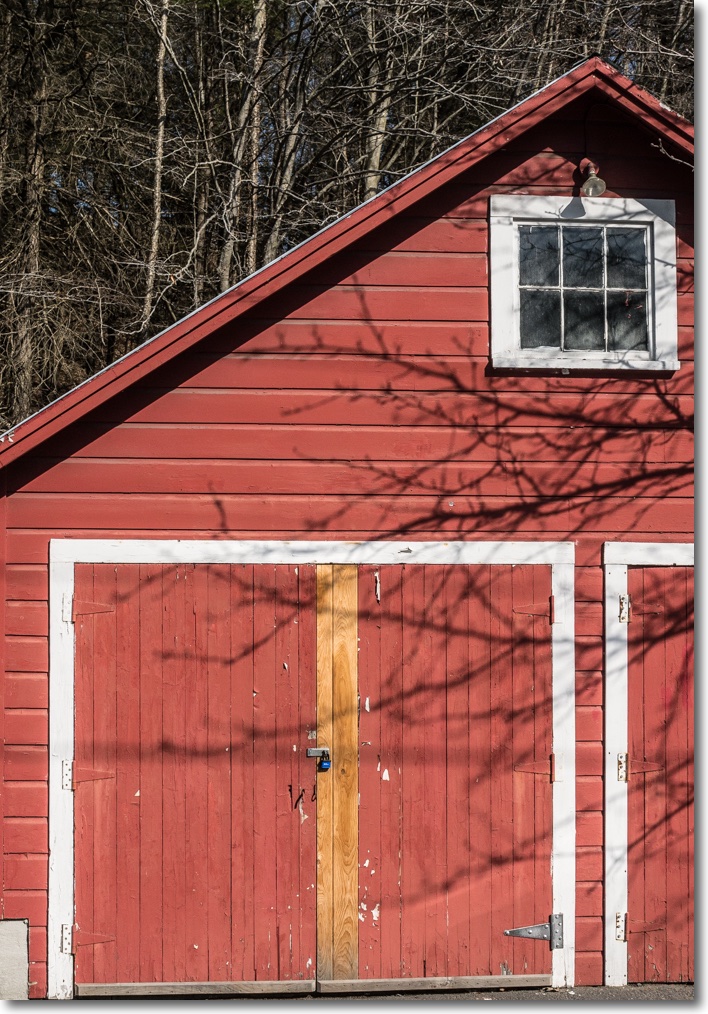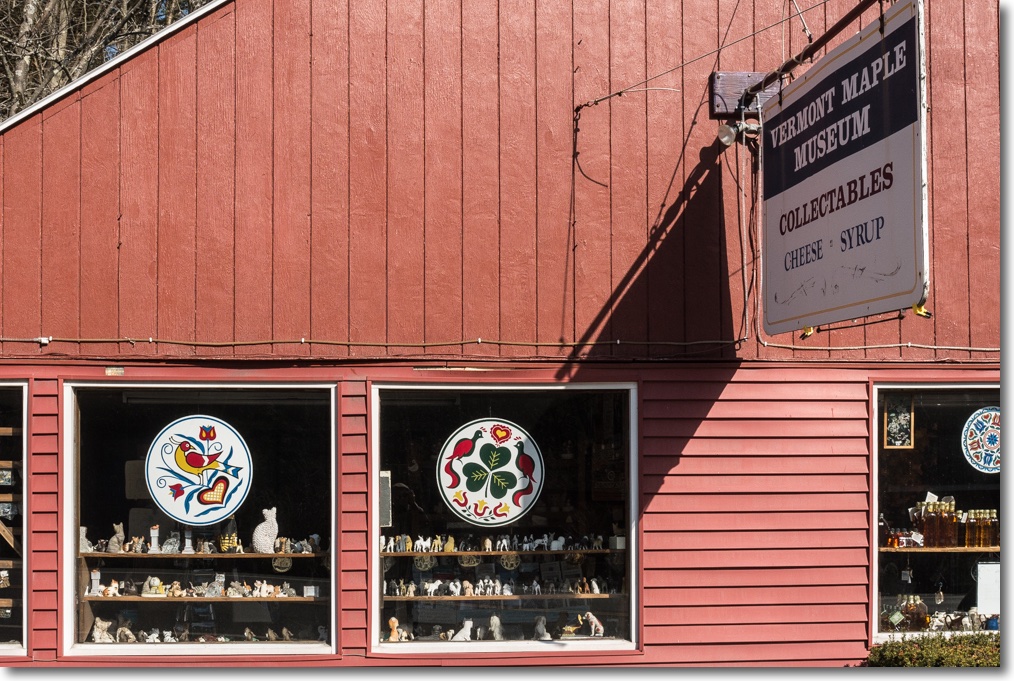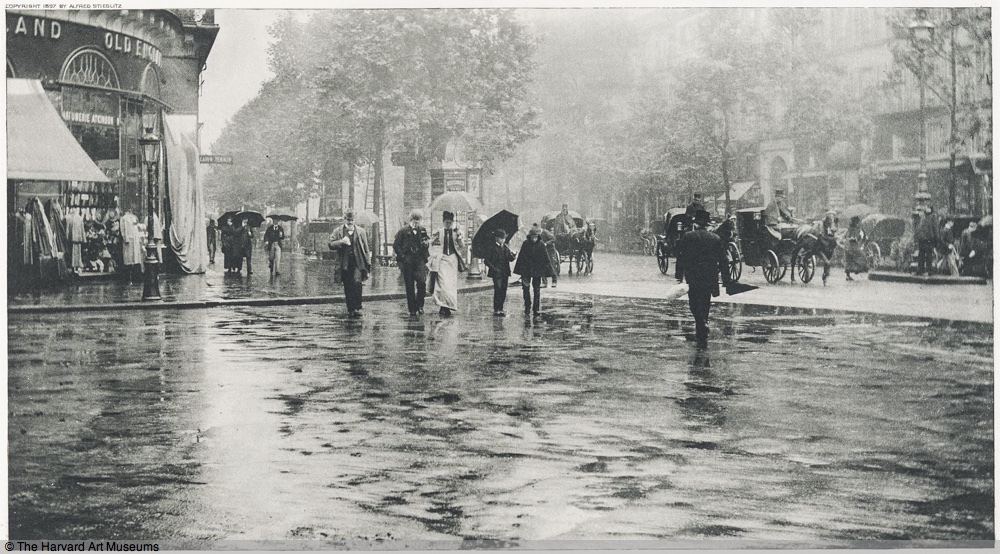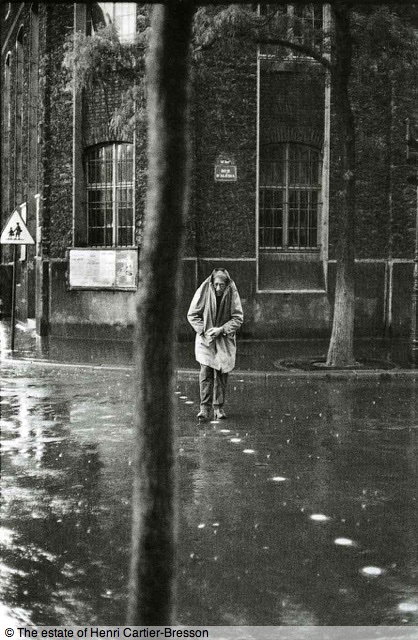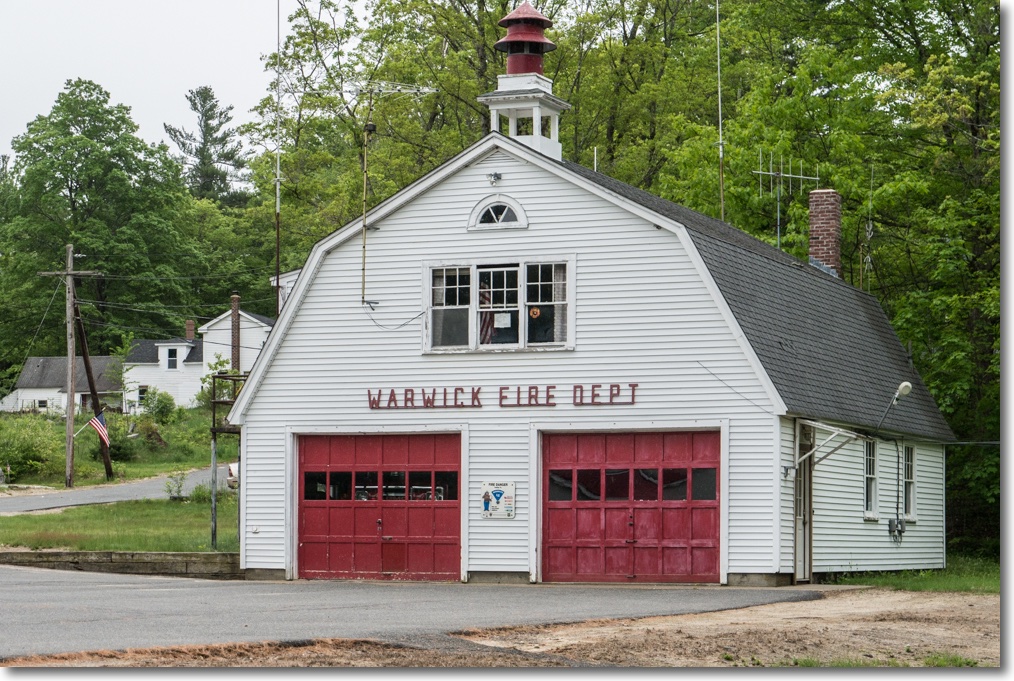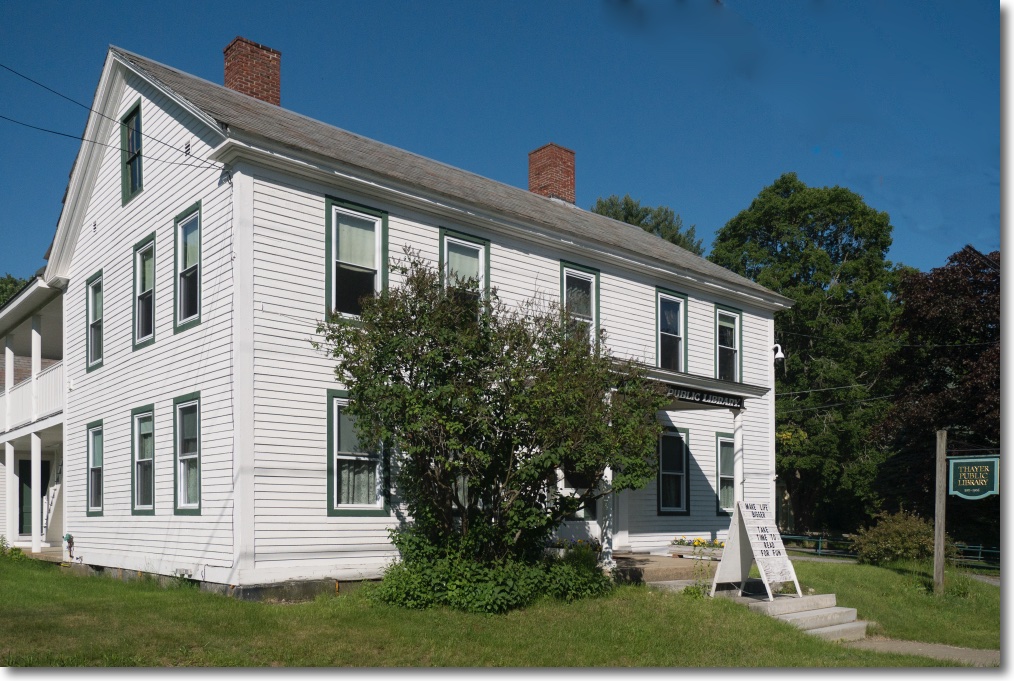A spring visit.
For an alphabetical index of the New England College series of pieces, click here.
My son and I visited Harvard University in the winter of 2015 when he was beginning to look at New England prep schools. Because the size and significance of Harvard are so overwhelming, we opted for the guided tour on this, our first visit, so as to get a good introduction. It seems appropriate that this somewhat belated piece on the best educational institution in the world should run on the most important day in American history.
The school is very large as private schools go, with a heavy focus on research. The 6,700 undergraduates are greatly outnumbered by 14,500 postgraduates.
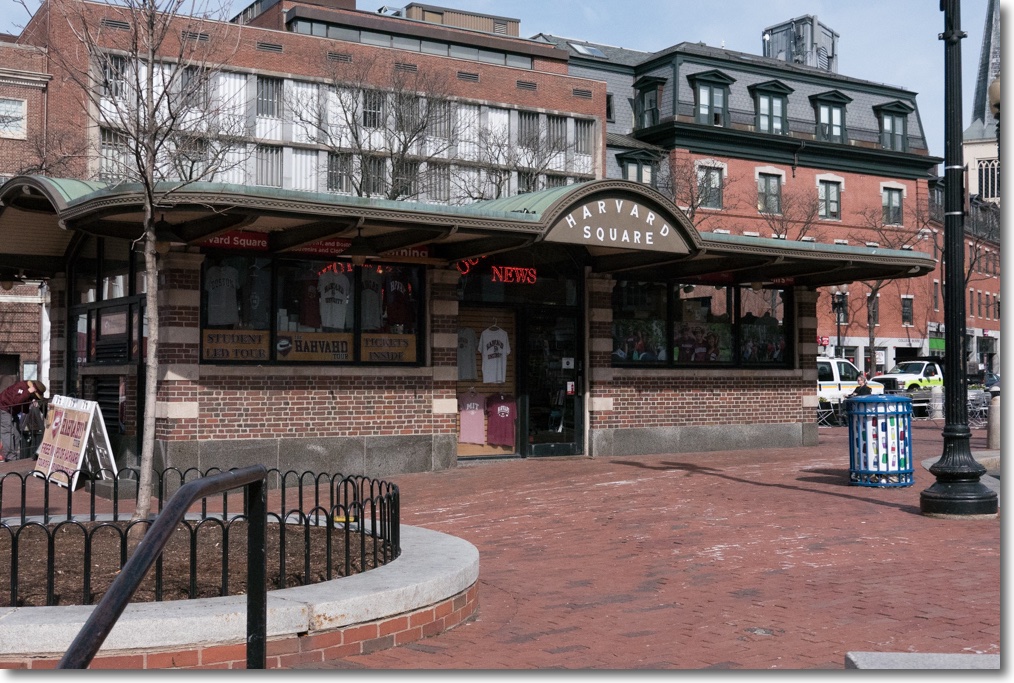
The school is totally integrated into the city of Boston. The local subway is paid by the University for slowing down as it passes, to avoid damage to the ancient buildings.
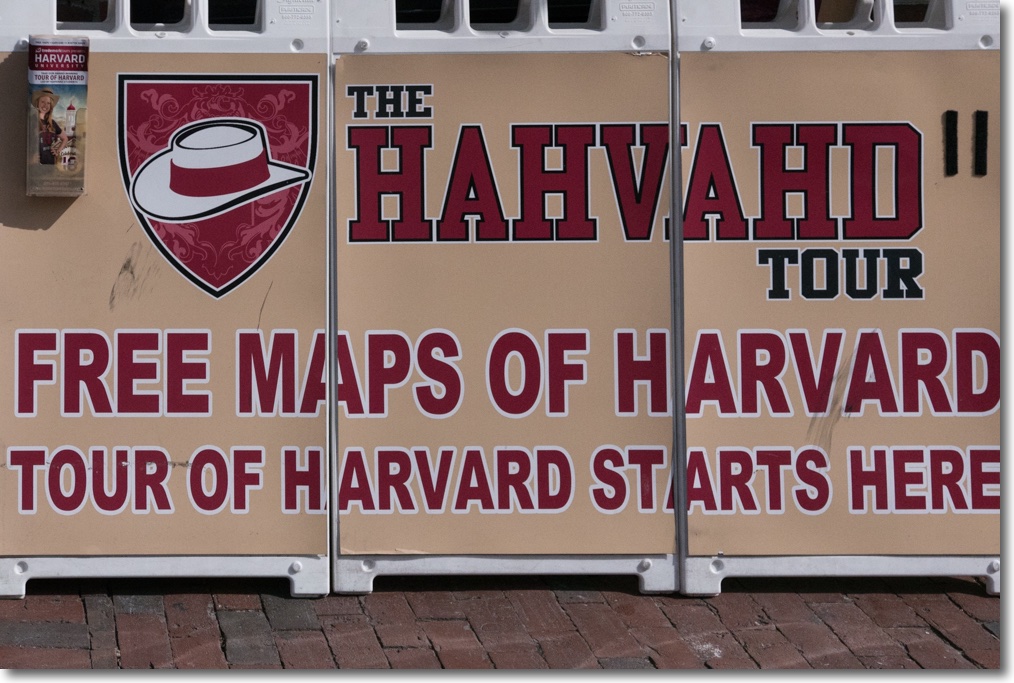
The best way to get an introduction.
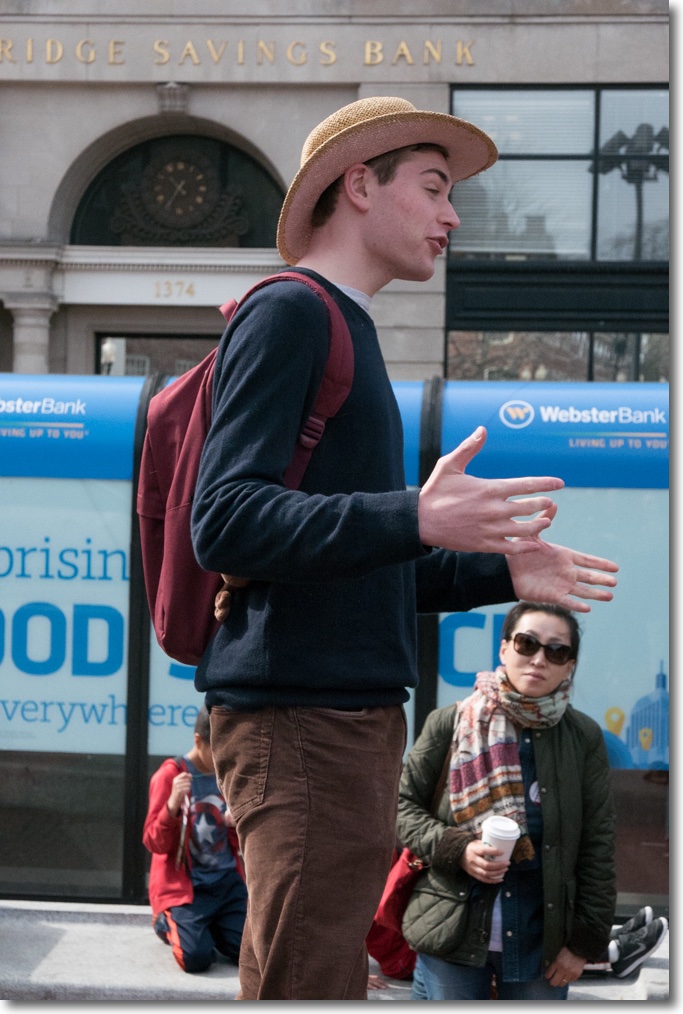
Our enthusiastic guide was a mechanical engineering Junior.
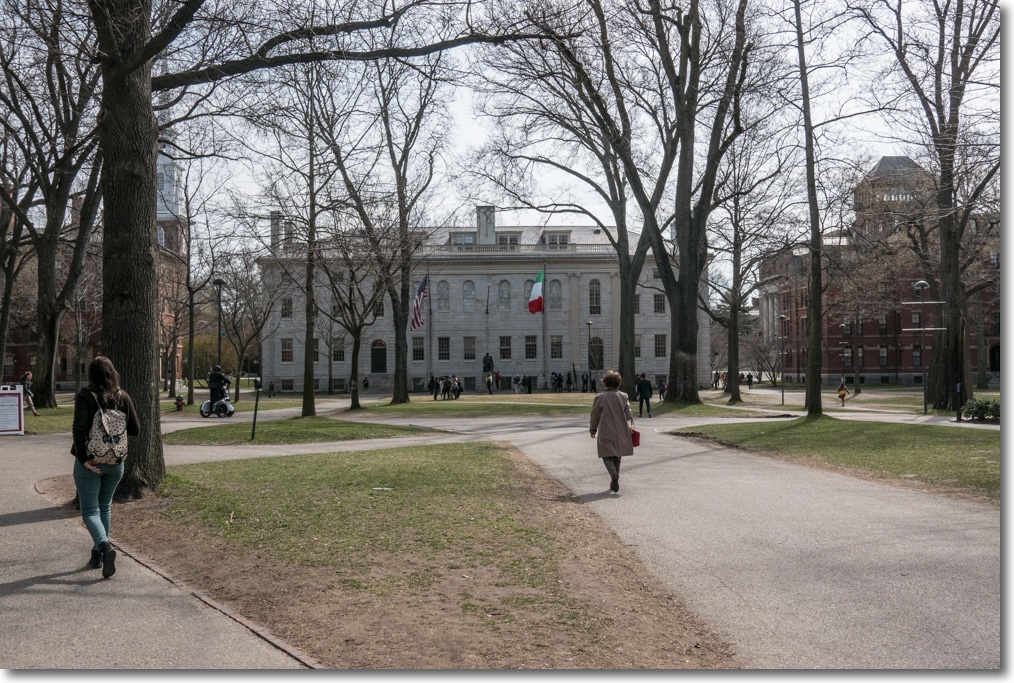
Harvard Yard. John Harvard’s statue is rear center.
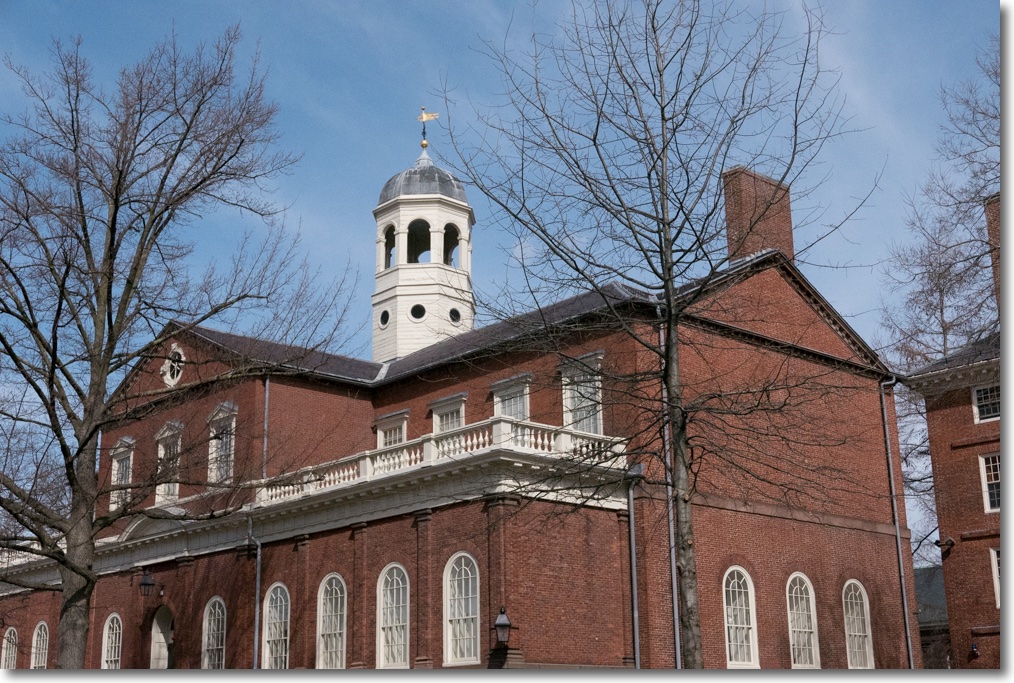
Architecture to die for.
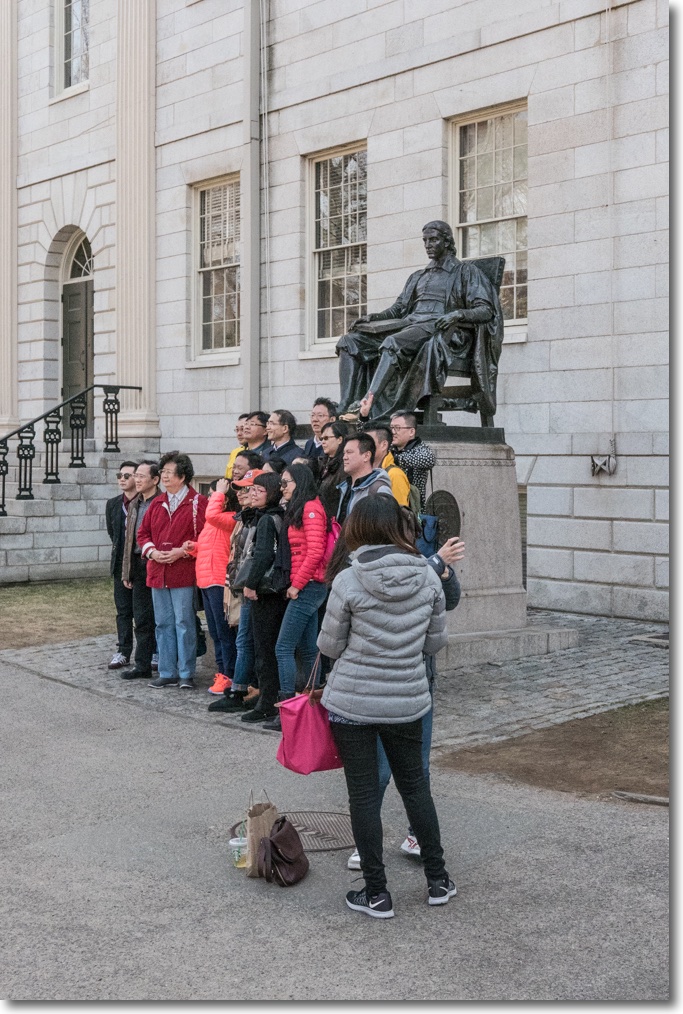
Harvard is as much tourist mecca as university.
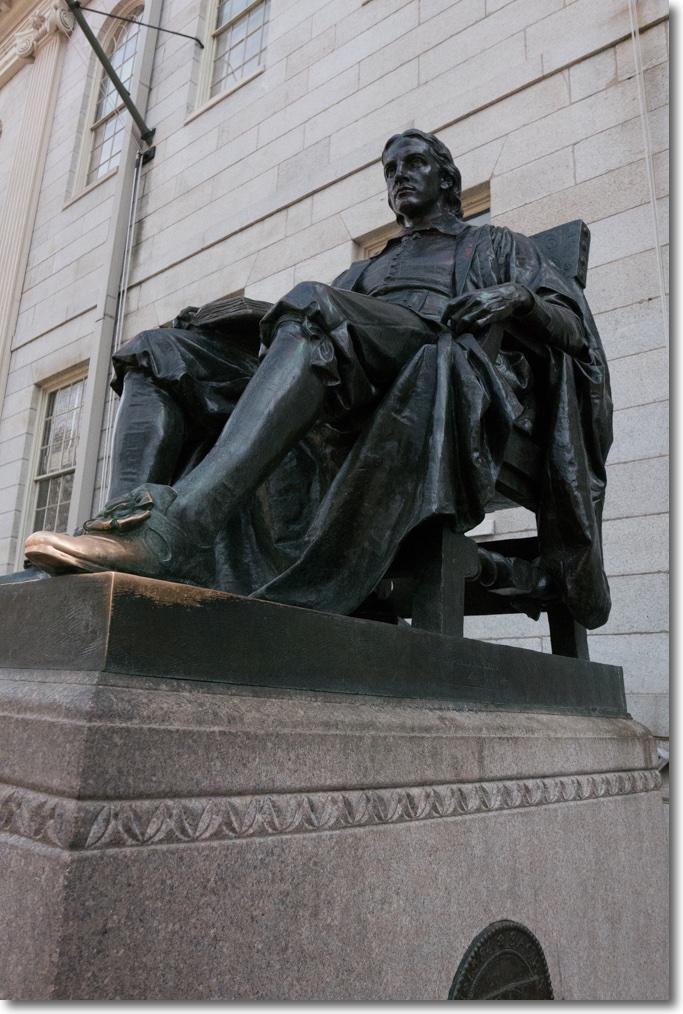
John Harvard, a Cambridge grad, started it all in 1636 with a gift of 400 books and some £779. Yup, he was an immigrant.
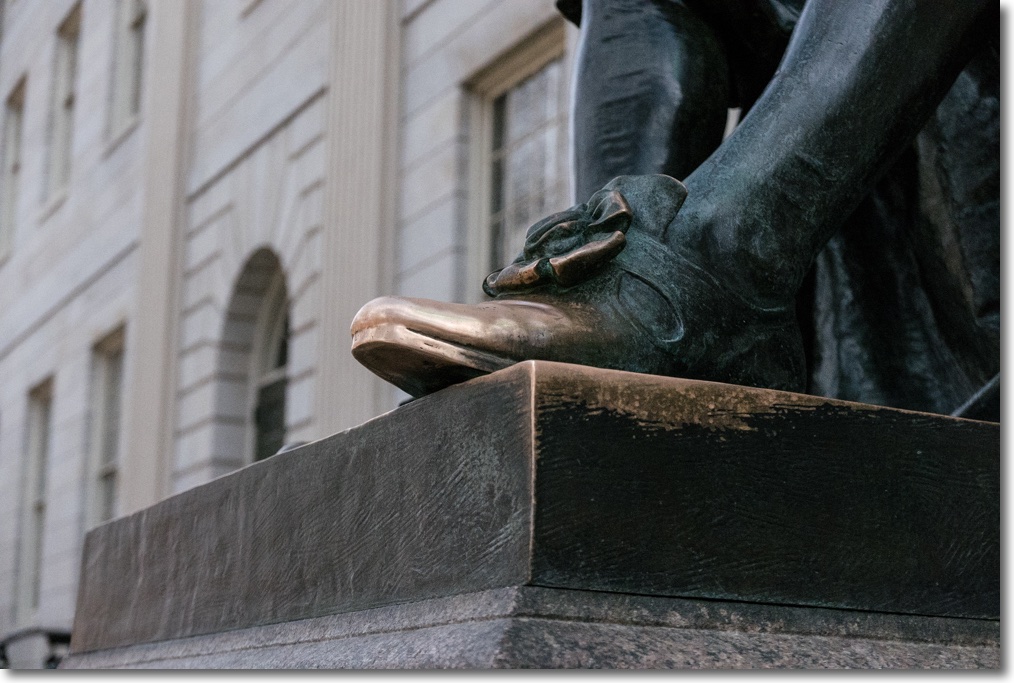
Millions have rubbed Harvard’s foot hoping their offspring would get an offer.
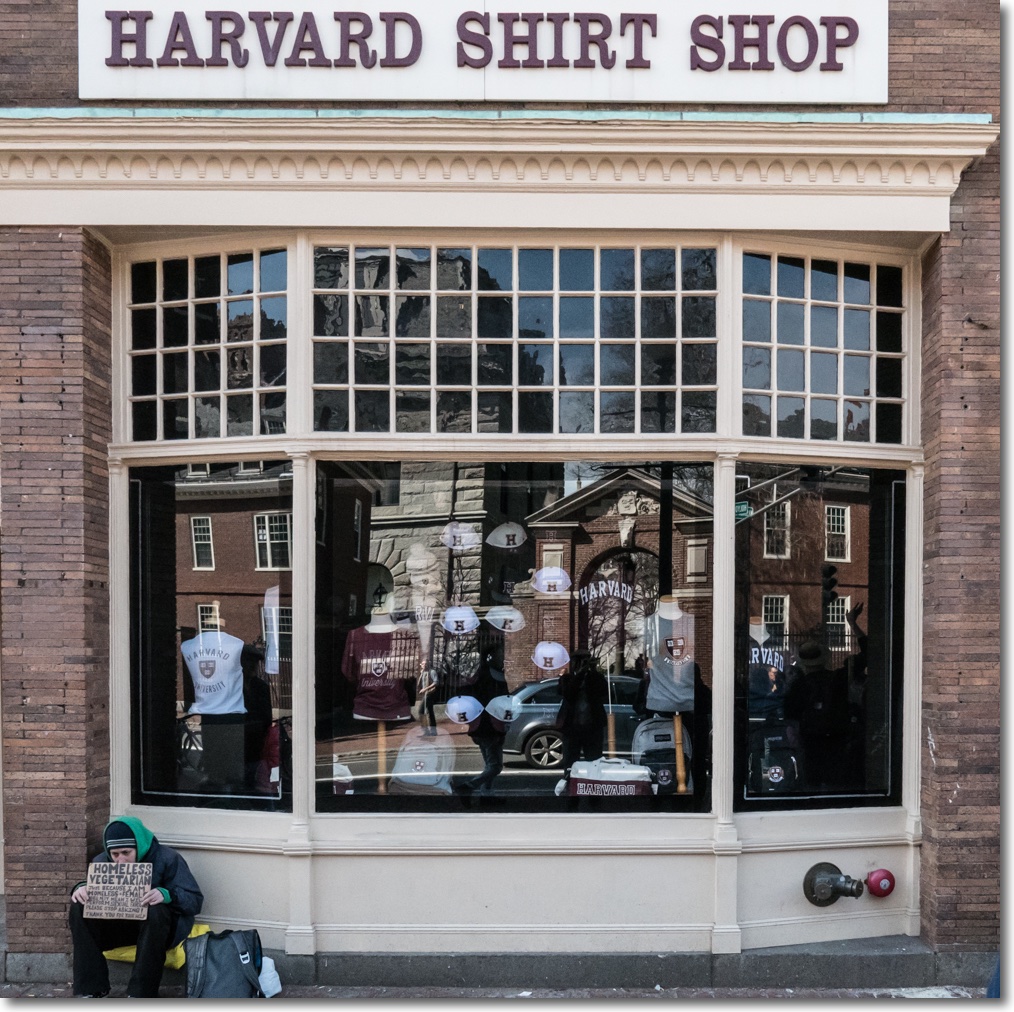
The (vegetarian) beggar woman may go hungry, but be assured that the Harvard Industry will sell you branded goods.

Totally integrated into the civilized city that is Boston. This is Wigglesworth Hall, a freshman dorm.
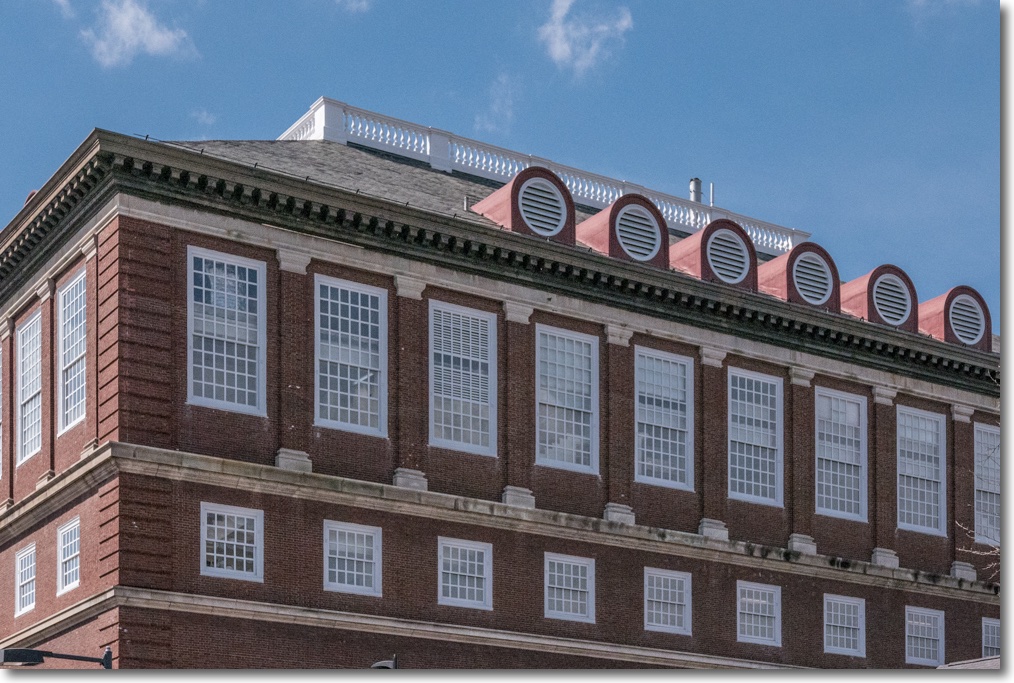
78 Mount Auburn Street is distinguished by its porthole style dormer ventilators. It was constructed in 1839.
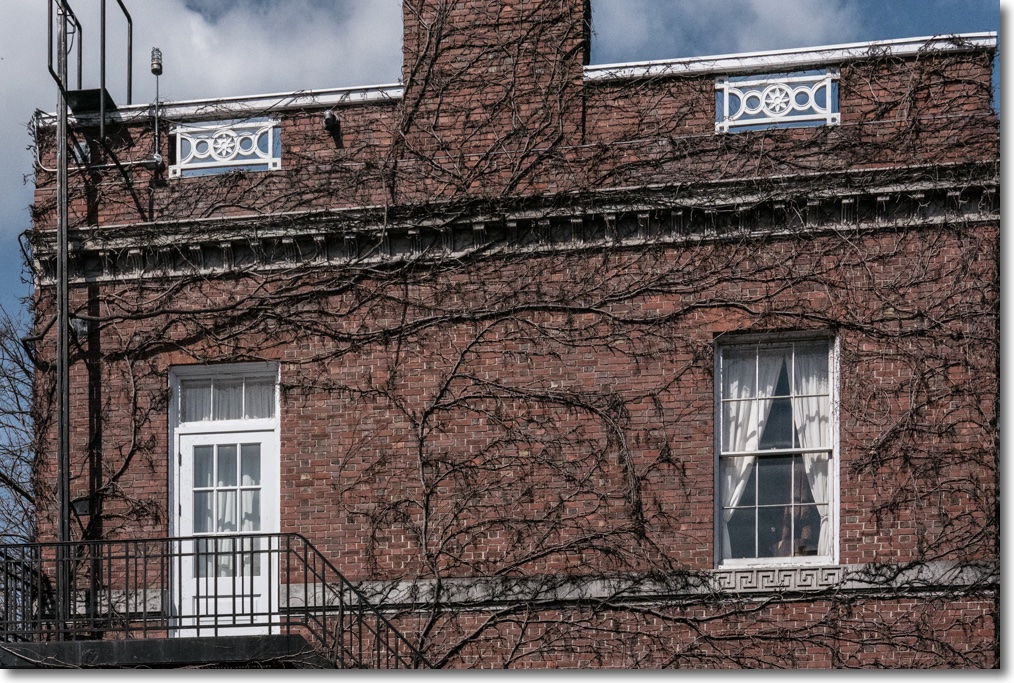
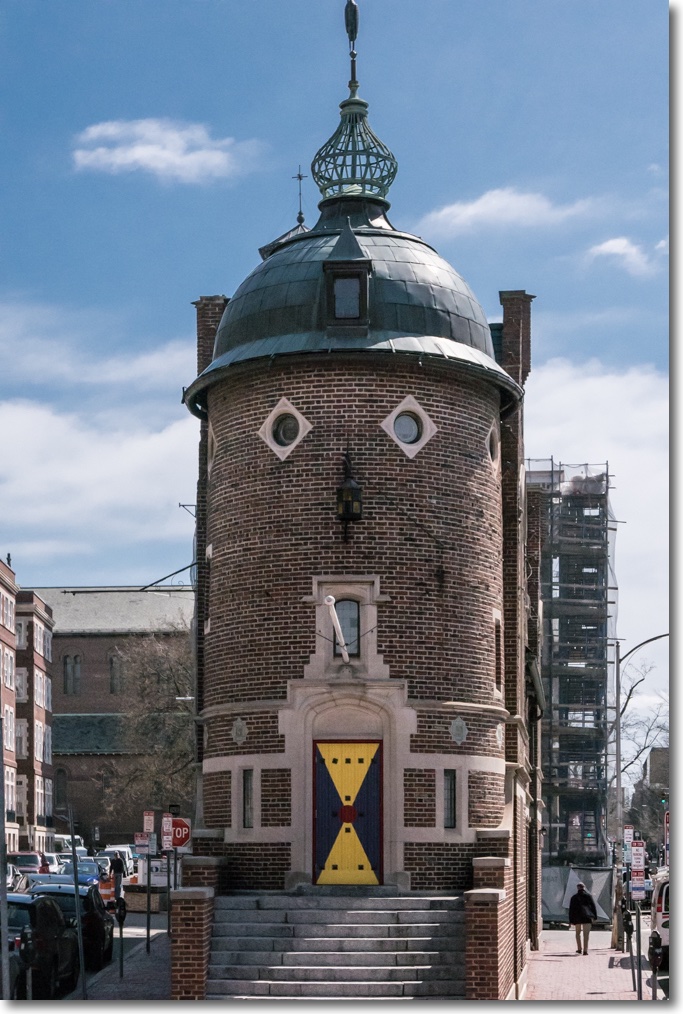
In mock Flemish style, this strange 1909 building appropriately houses the Harvard Lampoon, one of the oldest satirical newspapers still published.
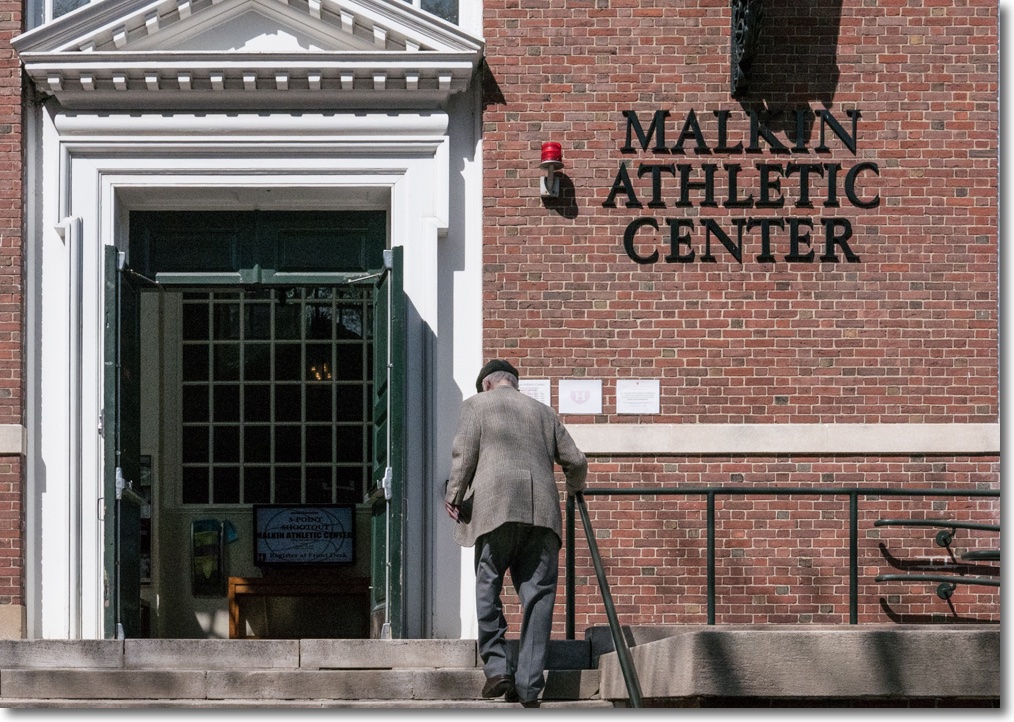
The Class of 1920 keeping fit.
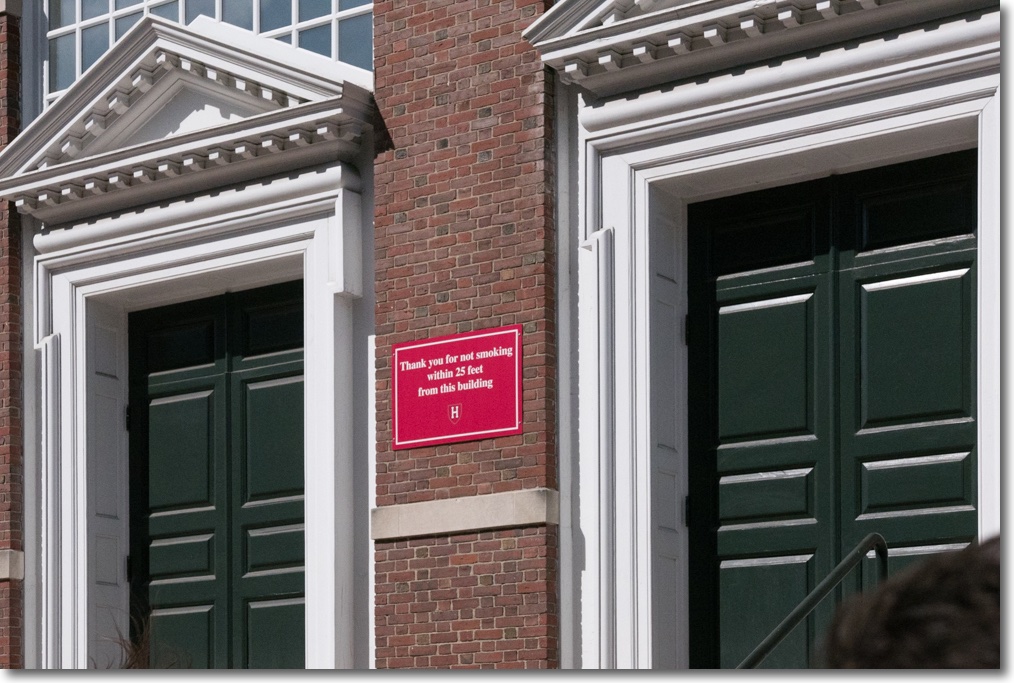
As George Bernard Shaw reminds us, there is no truth in the rumor that the same tongue is spoken on both sides of the Atlantic.
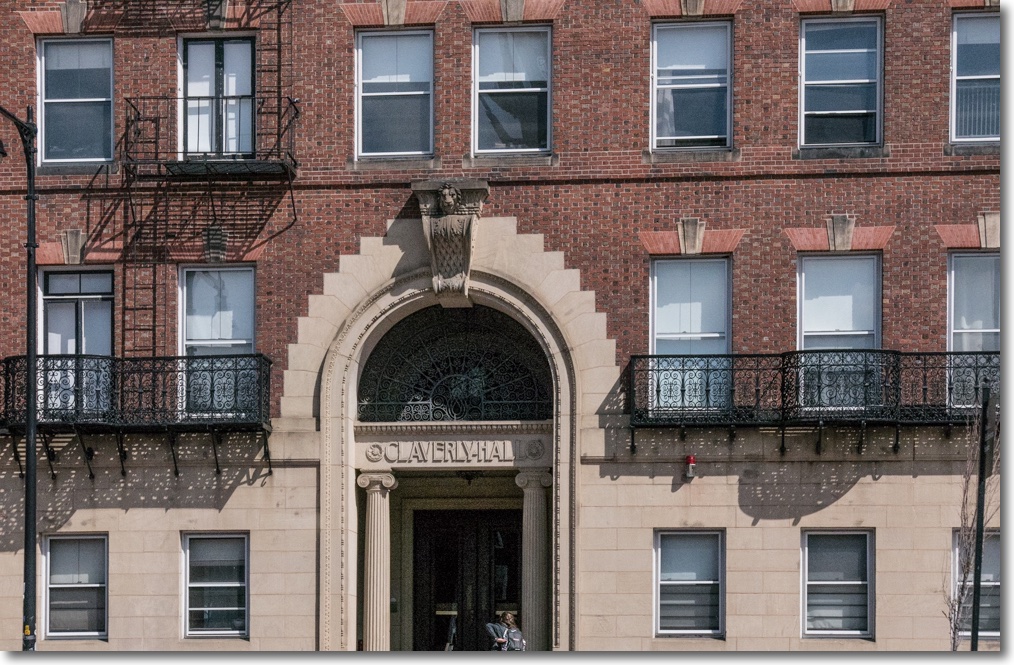
Claverly Hall was built in 1893.
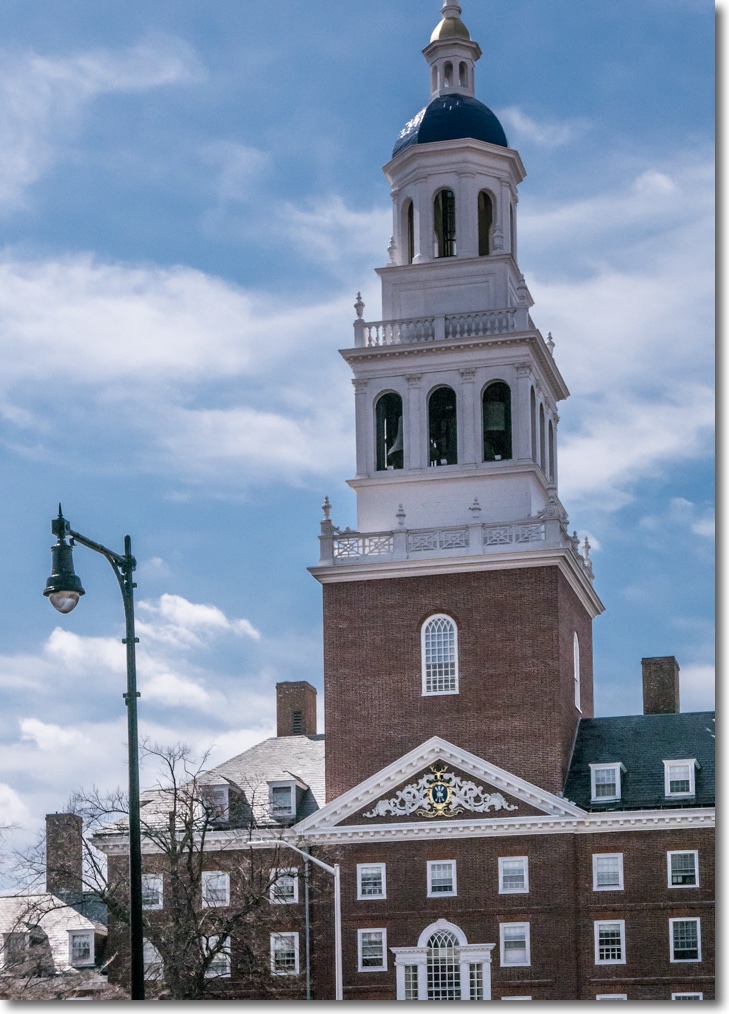
Lowell House dates from 1930.
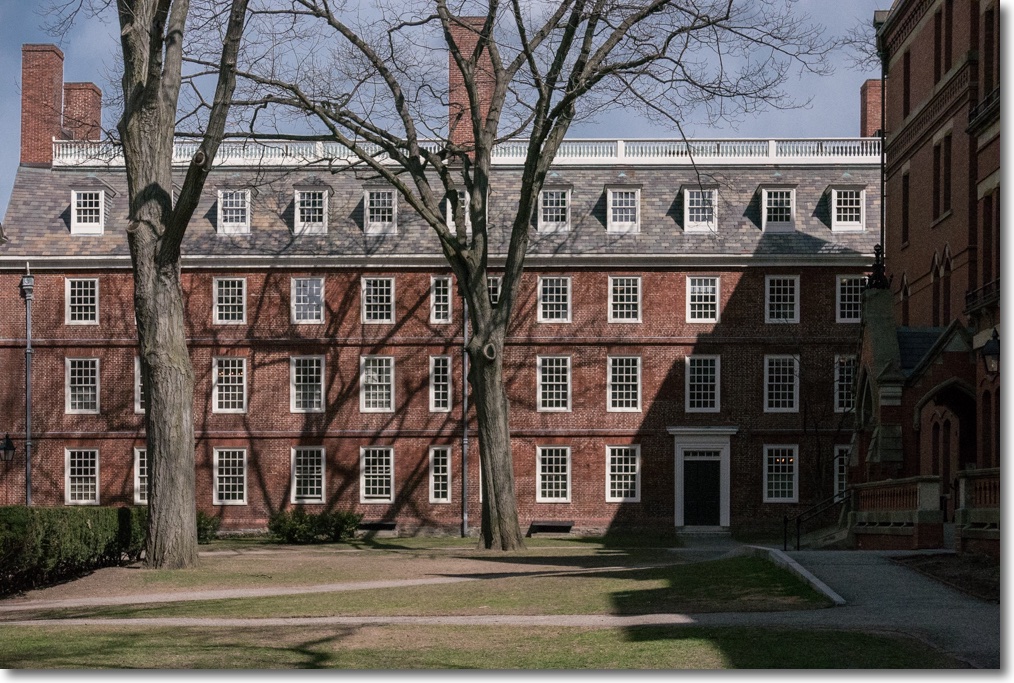
Can you say ‘Gorgeous’? Straus Hall, a freshman dorm, dates from 1926.
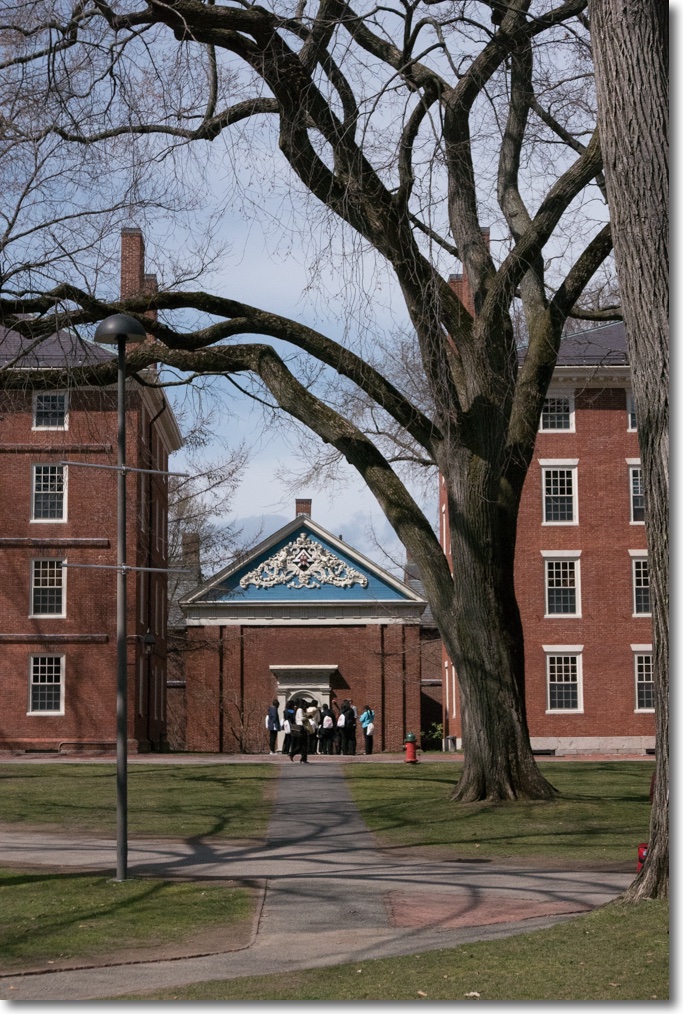
The Holden Chapel. Built in 1744, this is one of the oldest surviving buildings at Harvard.
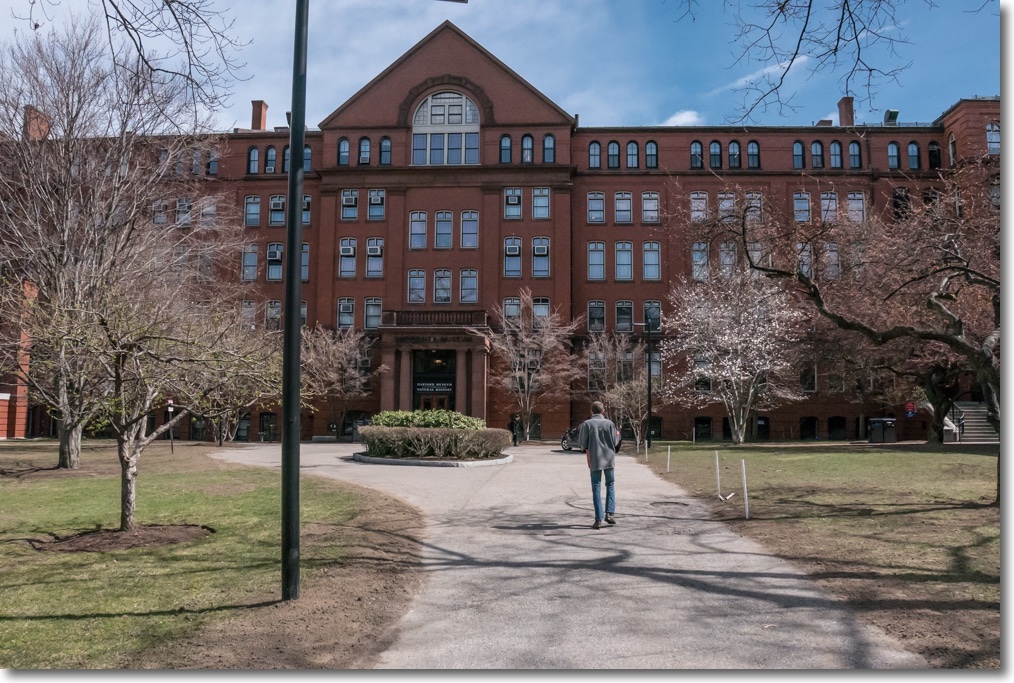
Winston at Harvard. Ahem! This is the Geological Museum, part of the Museum of Natural history.
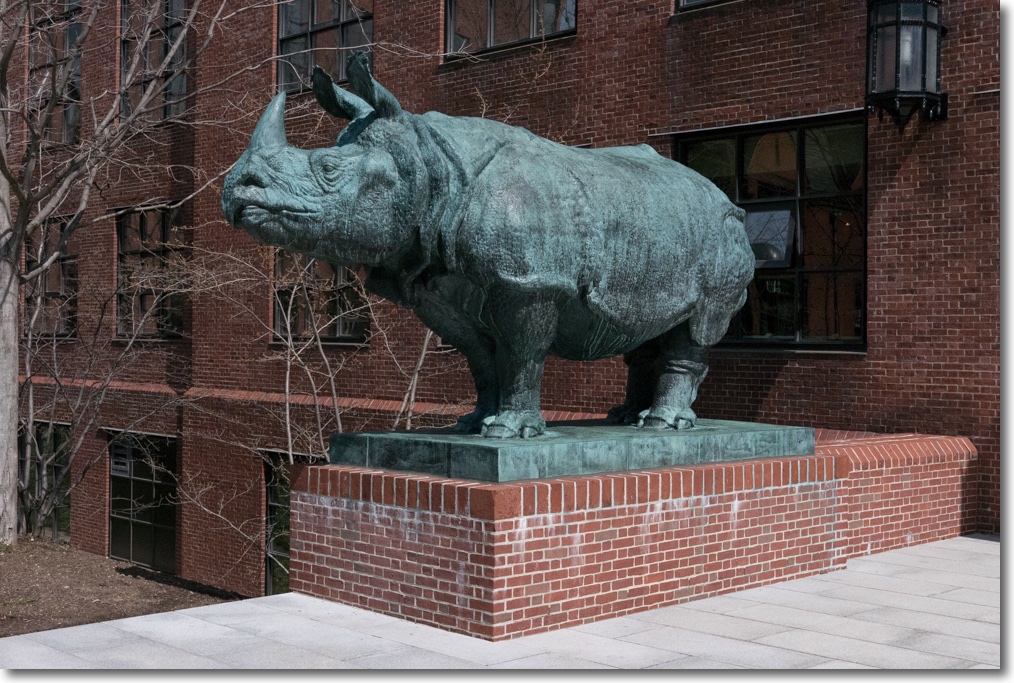
Bessie the Rhino.
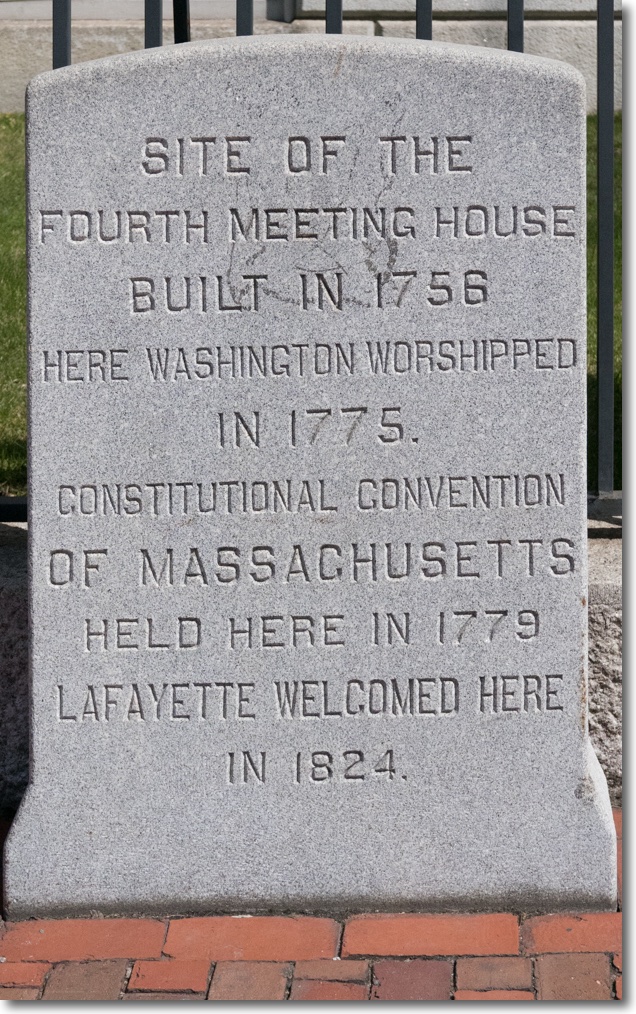
The Harvard endowment:
The most successful schools graduate the most successful pupils who return the favor with mighty gifts. Here are the top ten (from Wikipedia):

For subscribers to Disraeli’s ‘Lies, damned lies and statistics’ view of the world, here are the top ten sorted by endowment per pupil:
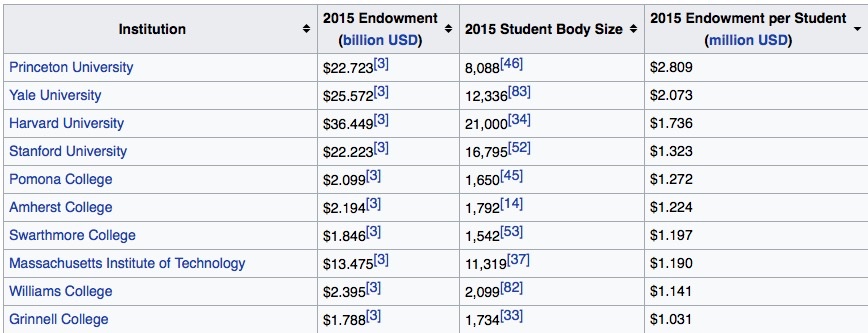
Harvard alumni – whether graduates or drop-outs – excel in all fields of human endeavor, and include Barack Obama, Mark Zuckerberg (drop-out), Bill Gates (drop-out), JFK, Matt Damon (drop-out), FDR, Natalie Portman, John Adams, Teddy Roosevelt, Larry Summers, Al Gore, JQ Adams, John Lithgow, Conan O’Brien, RFK, Neil deGrasse Tyson, Tommy Lee Jones, Henry Kissinger, John Hancock and John Roberts. More Harvard alumni hold CEO spots in the Fortune 500 than from any other school. The faculty list is no less impressive.
The official website is here.
Mark Zuckerberg’s luminous 2017 Commencement Address is here and it’s an absolute blast.

